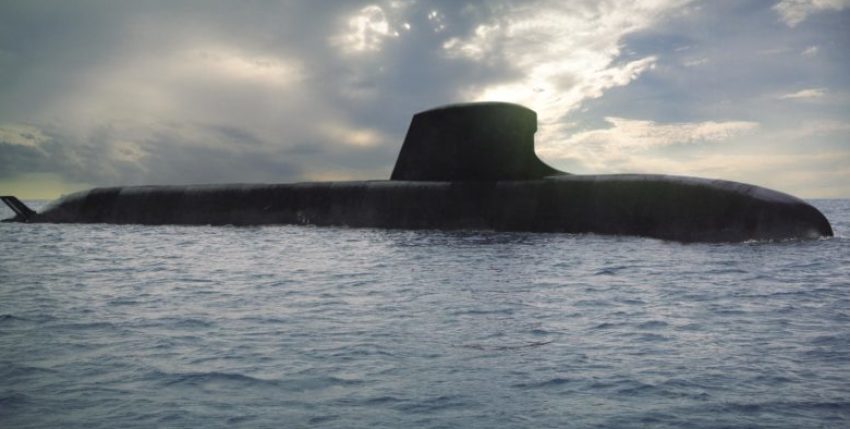Momentum continues to build for the $50 billion SEA 1000 Attack Class submarine program following the announcement of another successful contract signing.
To continue reading the rest of this article, please log in.
Create free account to get unlimited news articles and more!
The signing of the design contract for the Royal Australian Navy's future Attack Class submarines comes less than a month after the Strategic Partnering Agreement (SPA) was signed, and just days after the signing of the Framework Agreement between Naval Group Australia and ASC.
Minister for Defence Christopher Pyne said the signing of the contract between the Commonwealth and Naval Group is the first contract inked under the SPA: "The detailed architecture for the hull, including the placement of main systems, will be developed under this key contract."
"It's great to see our Attack Class submarines well and truly taking shape," Minister Pyne added.
The Submarine Design Contract is the first contract workscope to be fully executed under the Strategic Partnering Agreement. The Submarine Design Contract also includes ongoing preparations for the build of the Attack Class in the Osborne shipyard in South Australia, including ongoing support to Australian Naval Infrastructure (ANI) for the design and build of the Submarine Construction Yard and the ICT systems that will be employed in there.
The Minister for Defence Industry, Linda Reynolds, said the submarine design contract is worth $605 million and will see design work progress through to 2021.
"The time frame for the submarine design contract takes into account the detailed design work required, ensuring we have a mature design which avoids costly rework," Minister Reynolds added.
The new vessels will officially be known as the Attack Class and will be delivered as part of the $50 billion SEA 1000 program, which will see Naval Group deliver 12 regionally superior submarines to the Royal Australian Navy.
"This will help deliver a sovereign, regionally superior submarine capability, which will be built, operated and sustained in Australia," Minister Reynolds said.
Jean-Michel Billig, Executive Vice President Future Submarine Program, Naval Group said, "The signing of the Submarine Design Contract is another significant milestone in the journey of the Future Submarine Program. Through the execution of this Program, the Naval Group teams in both Australia and France will deliver a sovereign, regionally superior submarine capability to Australia."
"In doing so, we will also help build a stronger Australian industrial capability, which will be supported by a skilled and experienced Australian workforce, providing jobs and other economic benefits for decades to come," said Mr Billig.
The Attack Class vessels will begin replacing the ageing Collins Class vessels at a time when 50 per cent of the world's submarines will be operating in the Indo-Pacific region.
Naval Group's successful Shortfin Barracuda design, which serves as the basis for the new Attack Class, is a conventionally powered variant of the nuclear powered Barracuda fast attack submarine currently under construction in France for the French Navy. Naval Group Australia (formerly DCNS) – a subsidiary of French shipbuilding company Naval Group – is Australia’s international design and build partner for the Future Submarine Program.
Naval Group Australia's involvement in this $50 billion project, supporting an annual average of about 2,800 jobs, amounts to more than just the design and construction of 12 submarines for the Australian Navy – and will also bolster local industry, create thousands of jobs and transfer world-class technology, knowledge and expertise to Australia.
Stephen Kuper
Steve has an extensive career across government, defence industry and advocacy, having previously worked for cabinet ministers at both Federal and State levels.

 Login
Login








